Description
The signal goby (Signigobius biocellatus), aka the twin-spot, two-spot, or crab-eye goby, is an appealing little sand sifter with fascinating behavior that, unfortunately, often adapts very poorly to aquarium life. Nonetheless, specimens still appear in the aquarium trade, so its worth discussing the species hereif only to understand why its probably best to pass it by if you should happen to come across one at yourLFS.
Physical traits
S. biocellatushas a torpedo-like body shape, high-set, bulbous eyes, a comically frowning mouth, and two prominent dorsal fins. In coloration, its grayish overall with orange-brown mottling. Each dorsal fin features a large, distinct eyespot, and the pelvic and anal fins are black with blue dots. The maximum size of this goby is around 4 inches.
A crabby mimic
When you view this fish in profile as it hovers just above thesubstrate, the twin eyespots create the impression that youre looking at a crab scuttling sideways along the ocean floor, which might give would-be predators pause. Also, the gobys mottled coloration obscures its shape to a dramatic degree when set against a natural substrate.
Feeding
Its this area in particular that gives this species such a bad reputation in terms of captive survival.S. biocellatusfeeds by scooping up mouthfuls of sand, sifting out tiny invertebrates, and expelling the sand from its gills. The trouble is, most aquarium systems dont have an adequate population of interstitial invertebrates to sustain this fish long term, so most captive specimens end up starving to death.Target feedingwith small meaty food items can help in some cases, but not all specimens will accept such offerings.
Signal gobies feed upon tiny invertebrates which they sift from sand
Housing
Ive seen minimum-tank-size recommendations as low as 20 gallons for this species, but if I were to attempt to keep it (which, admittedly, I probably wouldnt), I would opt for a much larger tank dedicated to the goby with a deep and expansive bed of live sand and possibly a connected refugium.
Compatibility
S. biocellatusis a peaceful species, and any piscine tankmates should be equally passive as well as disinclined to compete for the same foods. While conspecifics may squabble, mated pairs can be kept together. In fact, keeping them in pairsthe way theyre usually found in natureis often cited in aquarium literature as the preferred arrangement versus keeping lone specimens.
This goby wont intentionally harass corals and other sessile invertebrates, so its generally considered reef-safe. However, its sand-sifting activity may subject the tissues of any invertebrates situated on the substrate to regular sandstorms.


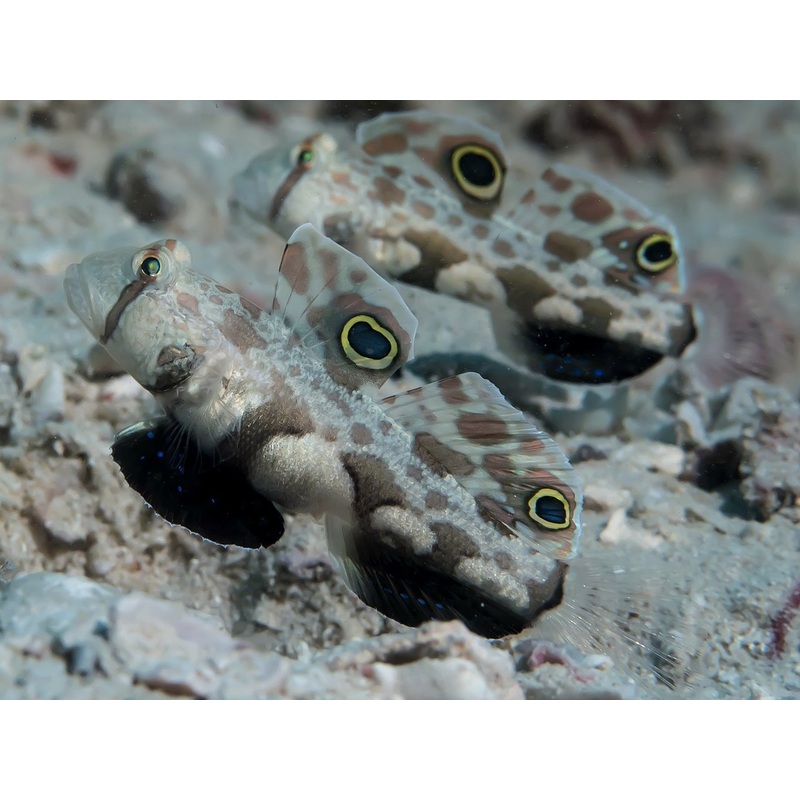
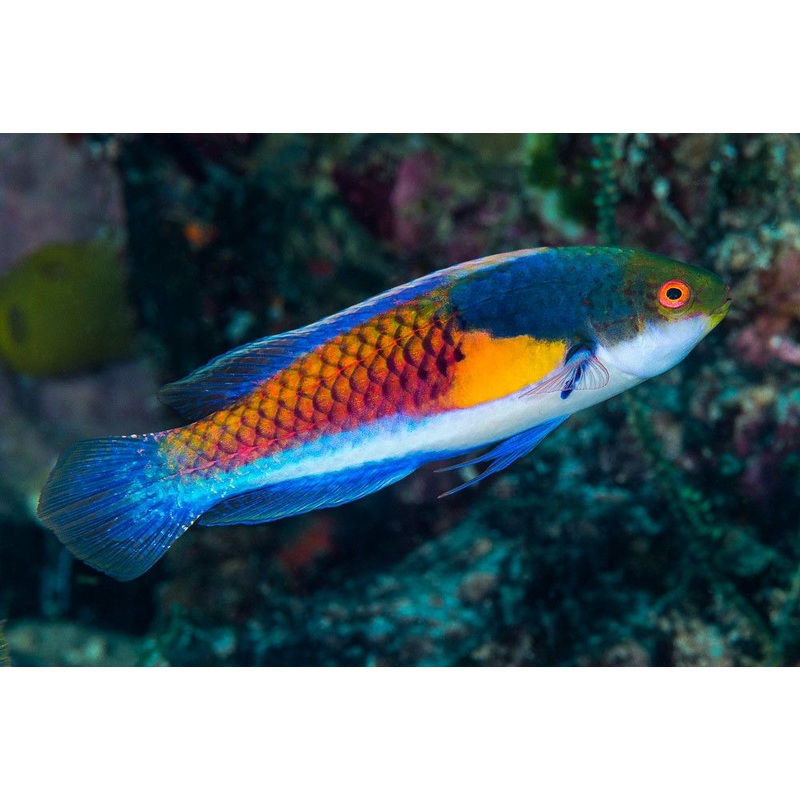
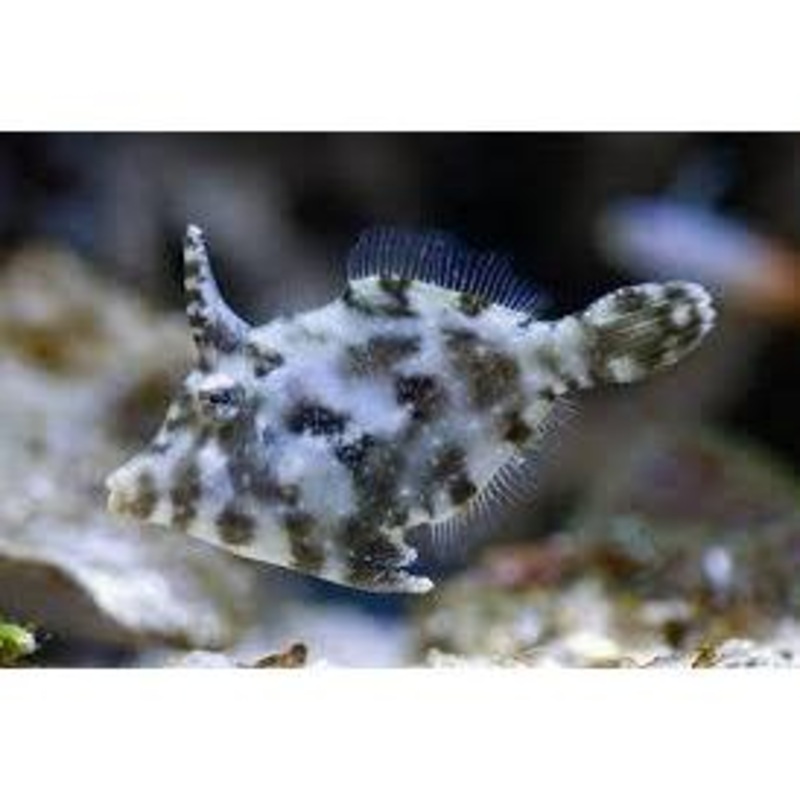
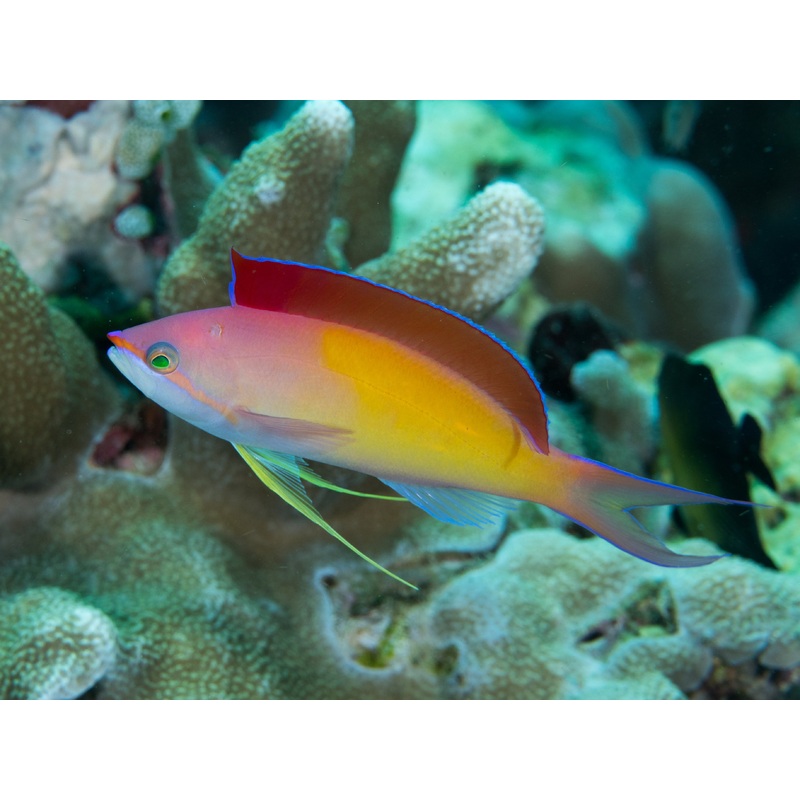
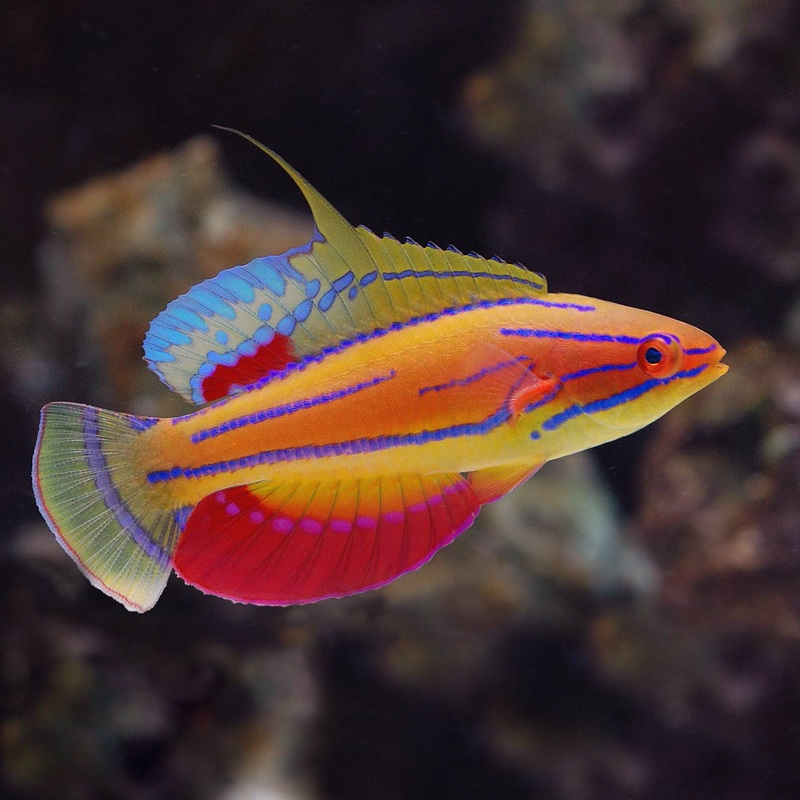
Reviews
There are no reviews yet.